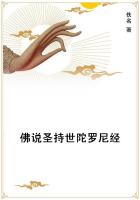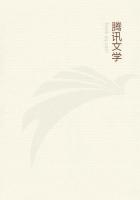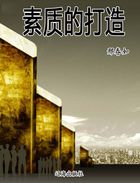In order to see how the triangles would be seized by worms, some in adamp state were given to worms kept in confinement.They were seized in three different manners in the case of both the narrow and broad triangles: viz., by the margin; by one of the three angles, which was often completely engulfed in their mouths; and lastly, by suction applied to any part of the flat surface.If lines parallel to the base and an inch apart, are drawn across a triangle with the sides three inches in length, it will be divided into three parts of equal length.Now if worms seized indifferently by chance any part, they would assuredly seize on the basal part or division far oftener than on either of the two other divisions.For the area of the basal to the apical part is as 5 to 1, so that the chance of the former being drawn into a burrow by suction, will be as 5 to 1, compared with the apical part.The base offers two angles and the apex only one, so that the former would have twice as good a chance (independently of the size of the angles) of being engulfed in a worm's mouth, as would the apex.It should, however, be stated that the apical angle is not often seized by worms; the margin at a little distance on either side being preferred.I judge of this from having found in 40 out of 46 cases in which triangles had been drawn into burrows by their apical ends, that the tip had been doubled back within the burrow for a length of between 1/20 of an inch and 1 inch.Lastly, the proportion between the margins of the basal and apical parts is as 3 to 2 for the broad, and 2.5 to 2 for the narrow triangles.From these several considerations it might certainly have been expected, supposing that worms seized hold of the triangles by chance, that a considerably larger proportion would have been dragged into the burrows by the basal than by the apical part; but we shall immediately see how different was the result.
Triangles of the above specified sizes were scattered on the ground in many places and on many successive nights near worm-burrows, from which the leaves, petioles, twigs, &c., with which they had been plugged, were removed.Altogether 303 triangles were drawn by worms into their burrows: 12 others were drawn in by both ends, but as it was impossible to judge by which end they had been first seized, these are excluded.Of the 303, 62 per cent.had been drawn in by the apex (using this term for all drawn in by the apical part, one inch in length); 15 per cent.by the middle;and 23 per cent.by the basal part.If they had been drawn indifferently by any point, the proportion for the apical, middle and basal parts would have been 33.3 per cent.for each; but, as we have just seen, it might have been expected that a much larger proportion would have been drawn in by the basal than by any other part.As the case stands, nearly three times as many were drawn in by the apex as by the base.If we consider the broad triangles by themselves, 59 per cent.were drawn in by the apex, 25 per cent.by the middle, and 16 per cent.by the base.Of the narrow triangles, 65 per cent.were drawn in by the apex, 14 per cent, by the middle, and 21 per cent.by the base; so that here those drawn in by the apex were more than 3 times as many as those drawn in by the base.We may therefore conclude that the manner in which the triangles are drawn into the burrows is not a matter of chance.
In eight cases, two triangles had been drawn into the same burrow, and in seven of these cases, one had been drawn in by the apex and the other by the base.This again indicates that the result is not determined by chance.Worms appear sometimes to revolve in the act of drawing in the triangles, for five out of the whole lot had been wound into an irregular spire round the inside of the burrow.Worms kept in a warm room drew 63 triangles into their burrows; but, as in the case of the pine-leaves, they worked in a rather careless manner, for only 44 per cent.were drawn in by the apex, 22 per cent.by the middle, and 33 per cent.by the base.In five cases, two triangles were drawn into the same burrow.

